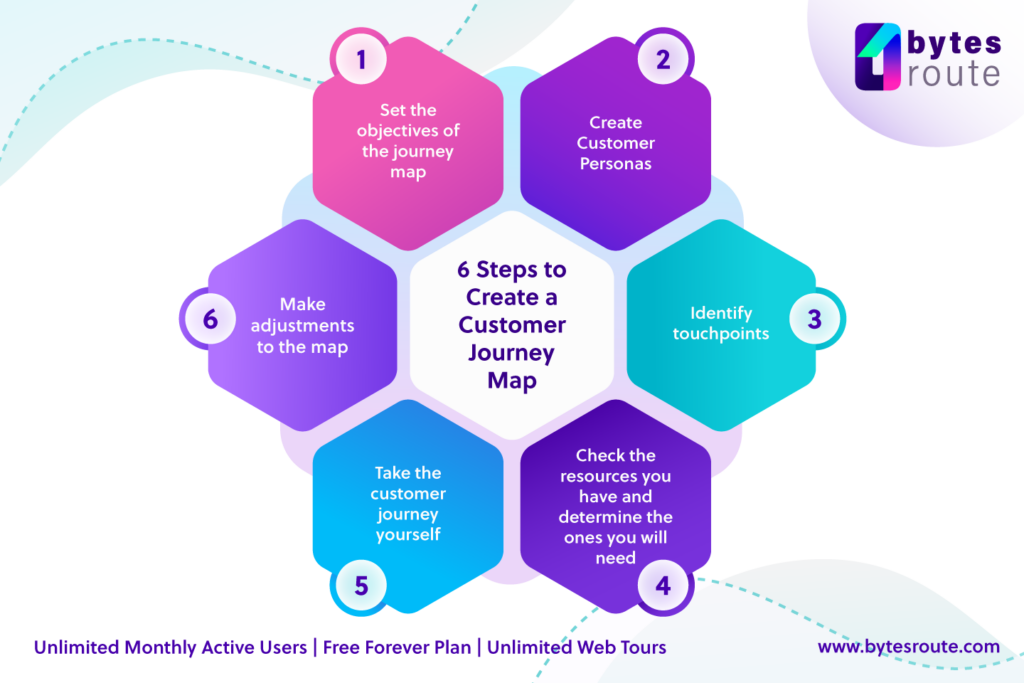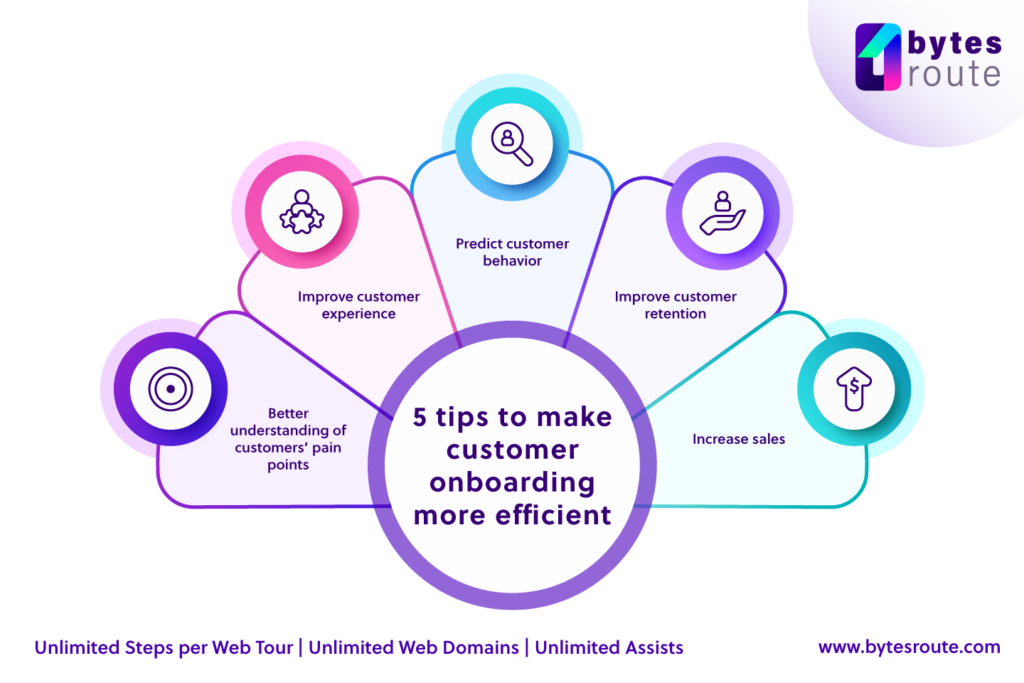What is the customer journey?
The customer journey refers to the sequence of interactions a consumer has with your brand, goods, and/or services from the moment they start to think about fulfilling a need until the moment they actually make a purchase and afterwards. The customer journey maps out the entire experience of becoming a customer.
What is a customer journey map?
A customer journey map details the steps a customer takes to achieve a goal, from the moment the client becomes aware of your brand to the moment they make their first engagement with your product, website, or support team.
Representing the customer journey visually can help you better understand how your customers think. The results of these analyses can be used to guide product development, marketing, and business strategy.
By understanding the relationship between your customers and your business, you can design your touchpoints to meet the needs of your clients in the most efficient way.
Why do you need a customer journey map?
The goal of customer journey mapping is to understand how customers move through the sales funnel and improve the quality of the customer experience by making sure there is consistency and a smooth experience at all touchpoints and across all channels. There’s no substitute for learning directly from customers about their experiences at each stage of the journey.
The central focus of customer journey mapping is on the consumer. Instead of focusing on internal priorities and making guesses about how to drive consumers to achieve goals, focus on the customer and how they will progress through the funnel.
How to create a customer journey map?

1. Set the objectives of the journey map
The first step in making a journey map is to figure out what you want to accomplish. Are you interested in tracking a customer’s journey as they go through your sales funnel, their conversations with your support team, or their use of a specific feature of your product to perform a task?
Different customer journey maps can be created to highlight various aspects of your customers’ interactions with your business. Keeping each map focused on a particular area of the client journey can avoid confusion and give your team a sharper perspective on that path.
2. Create Customer Personas
By taking this action, you will gain insight into your target audience’s motivations, values, and self-perceptions. By comparing the persona data you’ve collected with your journey map, you can see exactly where there are contradictions with the steps you’re asking your customers to take in the customer journey.
3. Identify touchpoints
The next step is to determine all the channels a potential customer could use to engage with your business. Examples include emails sent by your organization, social media posts, organic searches that link to different pages on your site, and online advertisements.
Next, you’ll want to associate the possible psychological triggers that get people to take action and want to interact more deeply with your organization or product with each of these touchpoints.
Also, investigate potential barriers that are preventing people from engaging further across different platforms. When consumers see your ad on social media, for instance, they might be put off by the price of your goods. Or, the next step (such as completing a lengthy form) might be too much for the potential customer, causing them to abandon the purchase altogether.
4. Check the resources you have and determine the ones you will need
Your customer’s journey map will involve practically every department. All the effort put into crafting a satisfying encounter for the customer will be brought to light in this way. In order to better serve your customers, it is crucial to assess your current capabilities and determine what additional resources would be required.
5. Take the customer journey yourself
Even if you’ve finished sketching out your route, you still have some work to do. The analysis of the results is the essential step in the procedure. How many individuals are visiting your site, just to leave without making a purchase? What can you do to further assist your clients? You should be able to answer these and other questions with your completed map.
The results of the analysis can reveal areas of unmet customer demand. If you take this route, you can guarantee that your customers will have a positive experience and show them how your business can help them solve their problems.
Try the customer journey yourself by following the journey of every persona – for example, through social media posts, searching online or reading emails.
You should also keep track of your progress by documenting each step of your journey and making notes along the way on the lessons you’ve learned, the problems you’ve encountered, and the areas where you feel the process could be improved.
6. Make adjustments to the map
Make any required adjustments to the map after you’ve finished the trip and reviewed your notes.
The next step is to put the lessons learned from this process into action across the organization. This may involve revising internal systems like the sales process or the free trial signup procedure.
What are the benefits of customer journey mapping?

If you want to know how customers feel about your company and what they’re thinking, a customer journey map is a great tool to use. To better understand the customer experience, businesses can use customer journey maps to create a visual description of the client’s path.
There are a variety of advantages to using customer journey maps for your business, such as:
A better understanding of your customer’s pain points
By making a customer journey map, you can compare the real experience to what you thought it would be. When you put yourself in the customer’s shoes, you can see the obstacles and frustrations that led them to choose a different buying strategy than the one you had in mind. After collecting this information, you can utilize it to enhance your advertising and sales efforts, ultimately leading to a more satisfying consumer experience.
Improve customer experience
Once a company has gained a thorough familiarity with its customers and its areas of weakness, it can begin taking concrete steps toward enhancing the customer experience by concentrating on what makes those clients happy and eliminating any obstacles they encounter along the way.
By creating a map of the customer’s journey, a company can better understand where their services or their communication are falling short. They can make a big difference in the customer experience by fixing these problems.
Predict customer behavior
Designing a customer journey map can aid in predicting how a customer will act at each stage of the sales process. You can tell who is more likely to convert based on their actions. After that, you might think about offering prospective clients proactive support to guide them to the appropriate products or actions.
Improve customer retention
A company may understand where in the customer lifecycle it is losing clients by creating a customer journey map. This shows how many customers a company loses, and it can motivate groups inside the company to work on getting rid of the reasons why customers leave. Companies can increase client retention and revenue by taking steps to reduce customer churn.
Increase sales
If you want to boost your sales, a customer journey map is an essential tool. When a firm understands its customer acquisition and engagement processes, it can make the necessary adjustments to retain a greater portion of its clients and increase income through strategies like cross-selling and up-selling. Also, by using customer journey maps, businesses may be able to better target their marketing efforts, which could lead to more sales.